Copyright and Using Reference Photos in Art
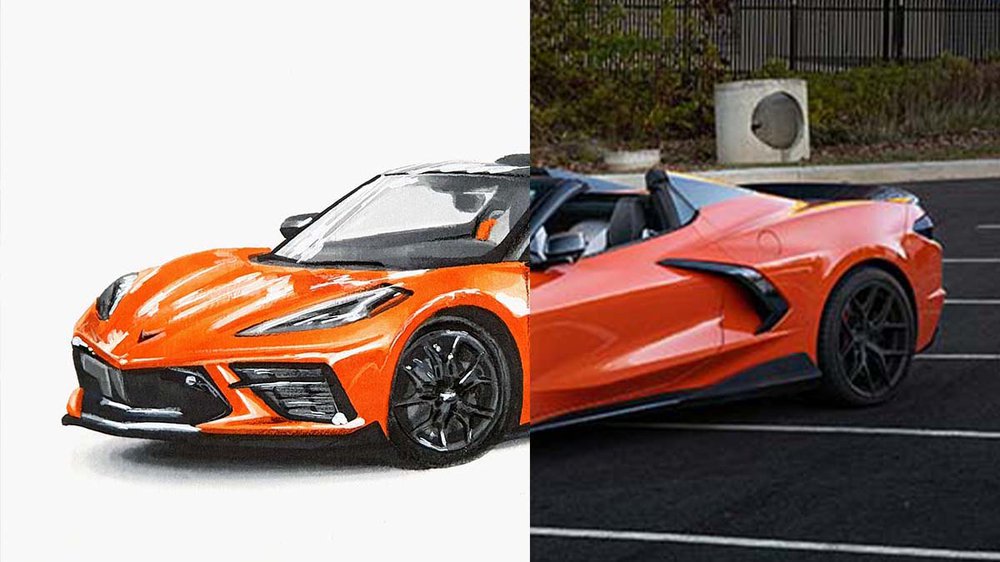
Artists often seek inspiration and guidance from the world around them, and reference photos play a vital role in this process. But what exactly are reference photos, and why are they so commonly used in drawing and painting?
Reference photos are images that artists use to observe details, structure, and form when creating their own works of art. They can be likened to a roadmap for the artist, guiding them in capturing the likeness of a particular subject.
This article is for entertainment purposes only and does not constitute legal advice. For specific legal guidance regarding copyright and reference photo use, please consult a qualified professional.
Why Do Artists Use Reference Photos?
They provide essential visual information, help in understanding complex shapes, and enable the artist to portray a subject accurately. Whether it's a landscape, a human figure, or a complex object, a reference photo can be a valuable tool in an artist's toolkit.
However, the use of reference photos also raises important legal considerations, specifically regarding copyright law. Copyright law protects the original works of authors, photographers, and artists, and its relevance in the context of reference photos cannot be ignored.
What Is Copyright?
Copyright is a legal concept that many of us have heard about, but what exactly does it mean?
Copyright is the exclusive right granted to the creator of an original work to control how that work is used. This means that the creator (or the copyright holder) has the sole authority to reproduce, distribute, perform, or display the work. Others who wish to use the work in these ways must obtain permission from the copyright holder.
The copyright law protects original works created by authors, artists, photographers, musicians, and others. When someone creates a unique piece of art, writes a novel, or takes a photograph, they automatically hold the copyright to that work.
How Does the Copyright Law Protect Original Works of Authorship?
When an artist creates an original piece, they have the right to decide how it's used and shared. This protection allows creators to benefit from their work, either by selling it, licensing it, or using it to build their reputation. If someone else uses the work without permission, they may be infringing on the creator's copyright, which could lead to legal action.
The Importance of Copyright Law in Protecting Intellectual Property
Copyright law is essential in fostering creativity and innovation. By protecting the rights of creators, it ensures that they are rewarded for their efforts and encourages them to continue producing new works. Intellectual property, including copyrights, is a valuable asset that can generate income and contribute to personal and economic growth.
In the context of art and reference photos, understanding copyright is crucial. It ensures that artists can utilize resources for inspiration without crossing legal boundaries. It safeguards the rights of photographers and other creators, promoting a respectful and lawful creative environment.
Reference Photos and Copyright
Artists using reference photos must carefully consider copyright laws to avoid legal complications.
The Difference Between Using a Photo as a Reference and Copying It
Using a photo as a reference means drawing inspiration from it or using it as a guide to create something new and original. It doesn't mean replicating the photo exactly.
Copying, on the other hand, involves reproducing the image precisely, which could lead to copyright infringement.
Using as a Reference: An artist might use a photo to understand the anatomy of a human figure or the structure of a building. The resulting artwork, though inspired by the photo, is the artist's unique interpretation.
Copying: If an artist duplicates a photo in detail, replicating every aspect without adding unique elements, this can be considered copying and may infringe on the copyright of the photo's creator.
What Constitutes a Breach of Copyright with Reference Photos?
A breach of copyright occurs when someone uses a copyrighted work without proper authorization, and this can apply to reference photos. If an artist copies a copyrighted photo or incorporates substantial parts of it into their work without permission, they might be violating copyright law.
Fair Use Doctrine: When and How It Might Apply
In some cases, the use of copyrighted material for purposes like commentary, criticism, news reporting, teaching, or research might be considered "fair use." However, fair use is a complex legal doctrine and its application varies depending on factors such as the purpose of the use, the nature of the copyrighted work, the amount used, and the effect on the market value of the original work.
Artists must be cautious and should not assume that their use of a reference photo will automatically qualify as fair use. Consulting with a legal professional can help in understanding whether a particular situation might fall under this doctrine.
Understanding the fine line between using reference photos for inspiration and infringing on copyright is a critical skill for artists. By recognizing the difference between referencing and copying, being aware of potential breaches, and understanding the fair use doctrine, artists can navigate the complex landscape of copyright law.
How to Legally Use Reference Photos
The use of reference photos in art is both valuable and common, but it must be done with respect to copyright laws. Here are some practical guidelines for artists to follow when using reference photos legally:
Finding and Using Public Domain Images
Public domain images are free to use without obtaining permission or paying licensing fees. They may be in the public domain because the copyright has expired, or the creator has waived their rights.
How to Find: Websites like Wikimedia Commons, Unsplash, and Pixabay often host public domain images.
Considerations: Always verify that the image is indeed in the public domain and check for any specific attribution requirements.
Purchasing or Obtaining Proper Licensing for Copyrighted Images
If an image is protected by copyright, you can obtain legal permission by purchasing a license or acquiring explicit consent from the copyright owner.
How to Purchase: Stock photo websites like Shutterstock and Getty Images sell licenses to use copyrighted images.
Considerations: Read the license agreement carefully to understand what uses are permitted.
Creating Your Own Reference Photos
Taking your own photographs for reference ensures that you have full control over the rights to the images.
Benefits: No concerns about copyright infringement, and you can tailor the photos to your specific needs.
Considerations: Understand the basics of photography to capture useful reference images.
Collaboration and Permissions from the Copyright Owner
Collaborating with photographers or obtaining direct permission can be another lawful way to use reference photos.
How to Collaborate: Reach out to photographers who may be willing to collaborate on a project.
Obtaining Permission: If you find an image you'd like to use, contact the copyright owner to request permission, making sure to get the agreement in writing.
Using reference photos legally is an attainable goal for artists. Whether sourcing public domain images, purchasing licenses, taking your own photos, or collaborating with others, understanding these pathways helps ensure a respectful and lawful creative process. By following these guidelines, artists can focus on their art without worrying about legal complexities.
Real-Life Copyright Cases and Precedents
Legal cases involving reference photos and copyright law provide important insights into how these principles are applied in real life. By examining some key cases, artists can learn from precedents and better understand the legal landscape surrounding the use of reference photos.
Case 1: Bridgeman Art Library v. Corel Corp. - This case clarified that exact photographic reproductions of public domain works are not protected by copyright. It's significant for artists who use classic artworks as references.
Case 2: Cariou v. Prince - Artist Richard Prince altered photographs taken by Patrick Cariou. Some were found to be fair use, while others were not, illustrating the complexity of the fair use doctrine.
Case 3: Bauman v. Fussell - This case showed that using a photo as a reference without directly copying it did not constitute copyright infringement, emphasizing the importance of originality in artistic interpretation.
Tips for Artists
Being conscious of copyright while using reference photos doesn't have to be an arduous task. With awareness and the right tools, artists can easily integrate legal considerations into their creative process. Here are some practical tips for artists to make the use of reference photos both inspiring and lawful:
Best Practices for Using Reference Photos Without Infringing on Copyright
Verify the Source: Always check the source of an image to determine its copyright status. If in doubt, assume it's copyrighted and seek proper permissions.
Understand Licensing Terms: If you purchase or download a license for an image, read the terms carefully to ensure your intended use is allowed.
Create Original Works: Use reference photos as a guide, not a blueprint. Strive for originality in your interpretation to avoid copying.
Tools and Resources for Finding Legally Usable Reference Images
Public Domain Collections: Sites like Wikimedia Commons and The Public Domain Review offer collections of images that are free to use.
Creative Commons Search: Use the Creative Commons search tool to find images with various licenses that might suit your needs.
Subscription Services: Platforms like Adobe Stock offer subscriptions to access vast collections of licensed images.
How to Develop Awareness of Copyright as Part of Professional Practice?
Educate Yourself: Familiarize yourself with basic copyright laws and how they apply to your work.
Consult a Legal Professional: If unsure, consult with an intellectual property attorney or other legal professionals specializing in copyright law.
Build Ethical Practices: Respect for others' intellectual property should be a cornerstone of your artistic practice. Consider it an ethical obligation, not just a legal one.
Incorporating these tips into daily practice can demystify the legal aspects of using reference photos. By adopting best practices, utilizing tools and resources, and cultivating an awareness of copyright, artists can engage with reference photos responsibly and creatively.
The Future of Copyright and Artistic Creation
As technology advances and legal landscapes evolve, the relationship between copyright and artistic creation is bound to change.
How Technology Might Impact Copyright and Art Creation
Artificial Intelligence and Copyright: AI-generated artworks and tools might raise new questions about authorship and copyright. Determining ownership and rights in this context could become increasingly complex.
Digital Tracking of Artworks: Technologies like blockchain could enable more precise tracking of artworks and their usage, facilitating licensing and reducing unauthorized use.
Virtual Reality and Augmented Reality: These emerging technologies may create new forms of art and artistic expression, leading to new legal considerations.
Opportunities and Challenges That Might Arise
- Opportunities:
Broader Access: New platforms and technologies may provide artists with easier access to legally obtainable reference photos.
Collaborative Opportunities: The rise of digital collaboration tools could foster more partnerships between artists, photographers, and other creators.
- Challenges:
Navigating New Technologies: Adapting to new tools and platforms may require artists to learn new legal considerations.
Global Considerations: The global nature of the internet means artists may need to consider international copyright laws, adding complexity.
The future of copyright and artistic creation is a dynamic and evolving field. The intersection of technology, law, and art will continue to generate both opportunities and challenges. Artists must remain adaptable and informed, ready to embrace new possibilities while navigating potential legal pitfalls.
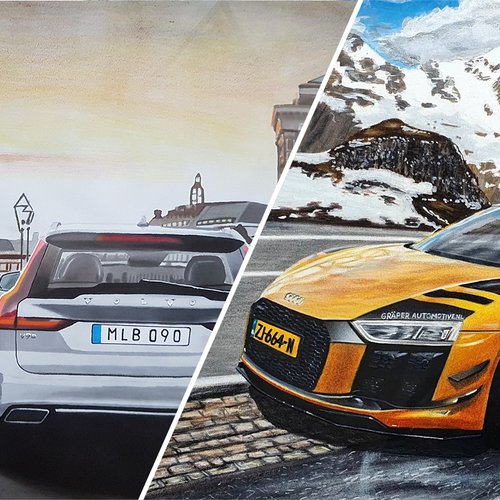

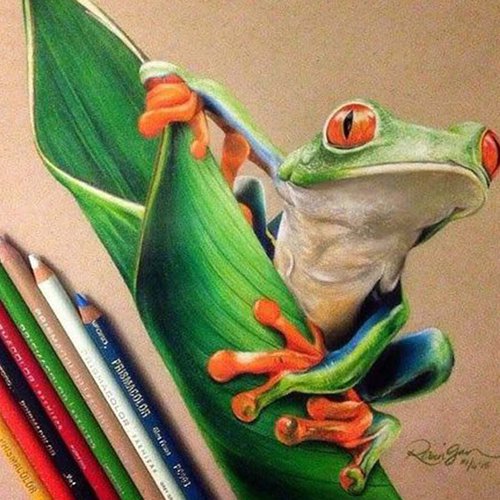

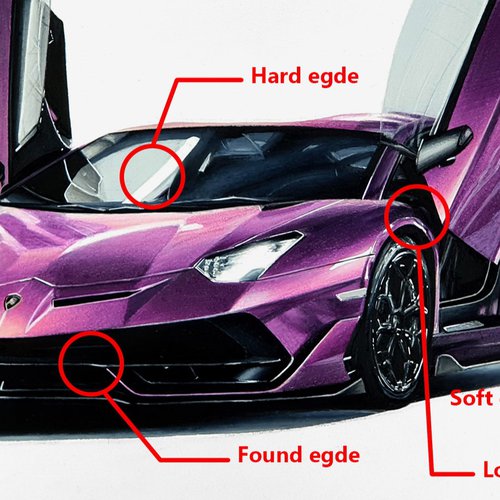
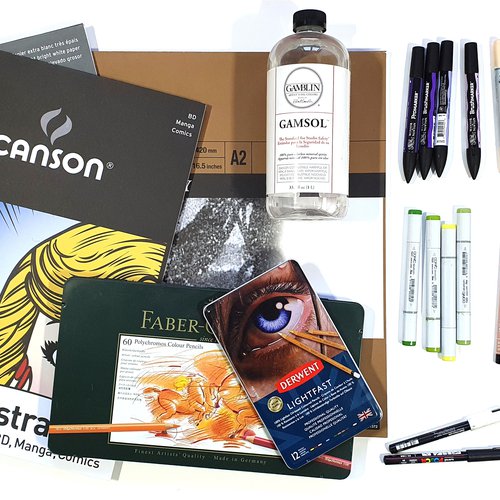


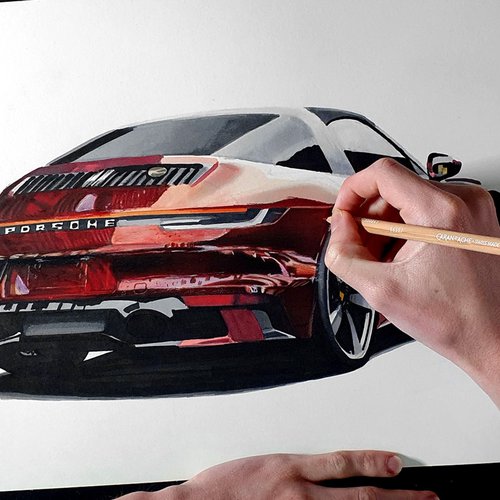
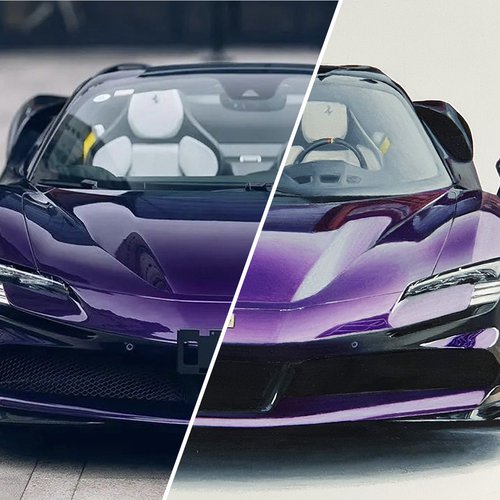




Be the first to comment!
Comments
There are no comments yet.